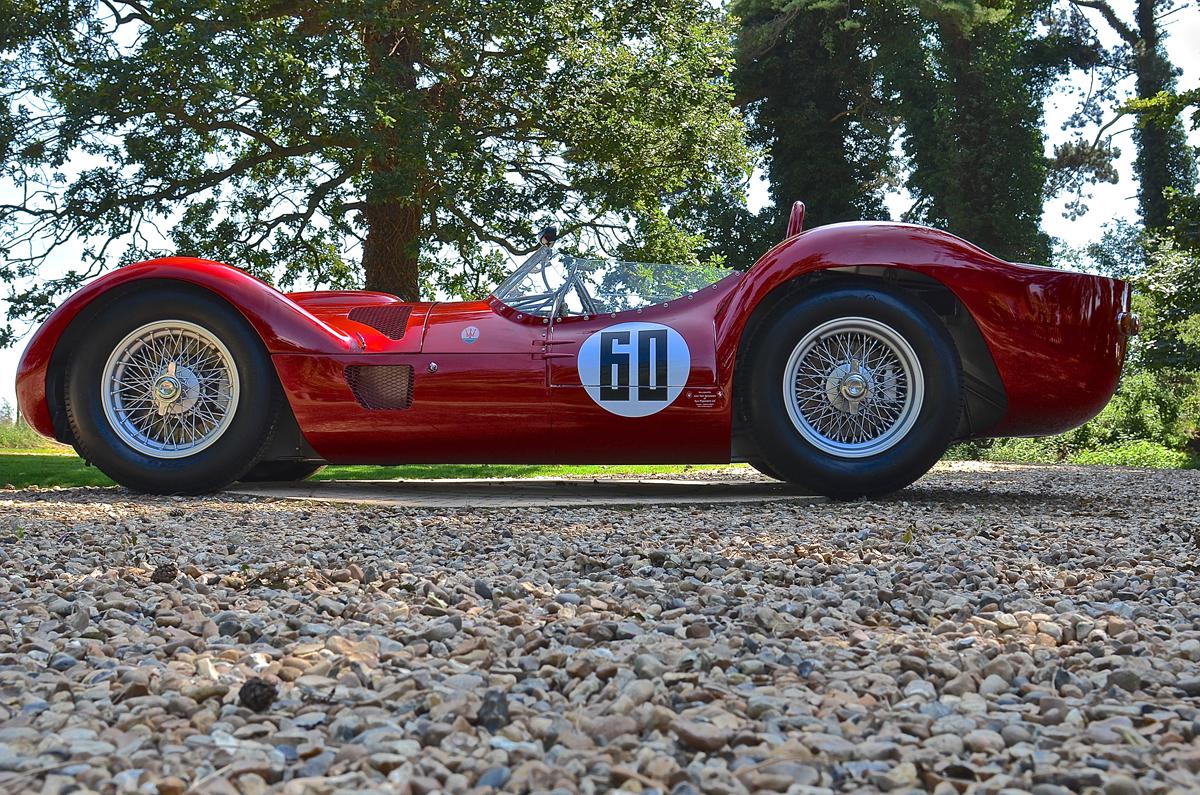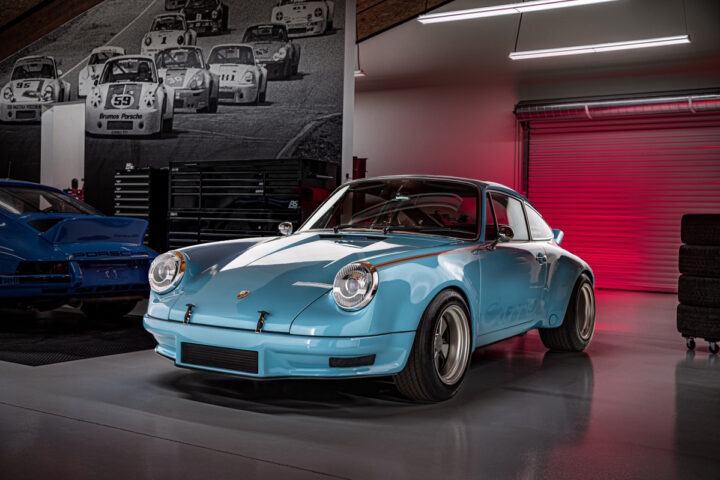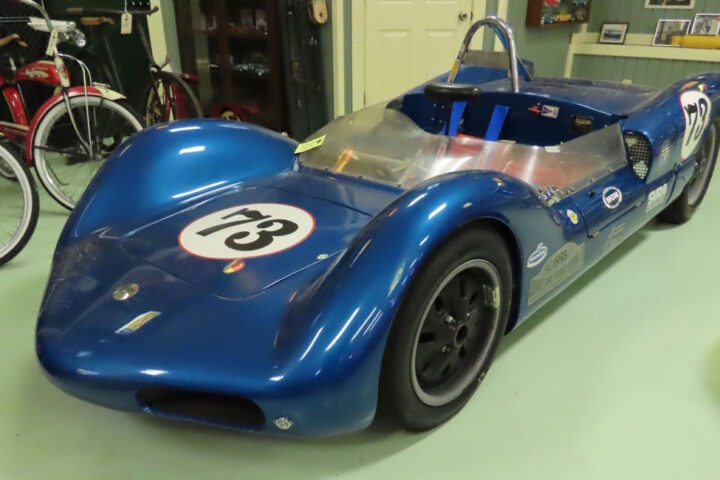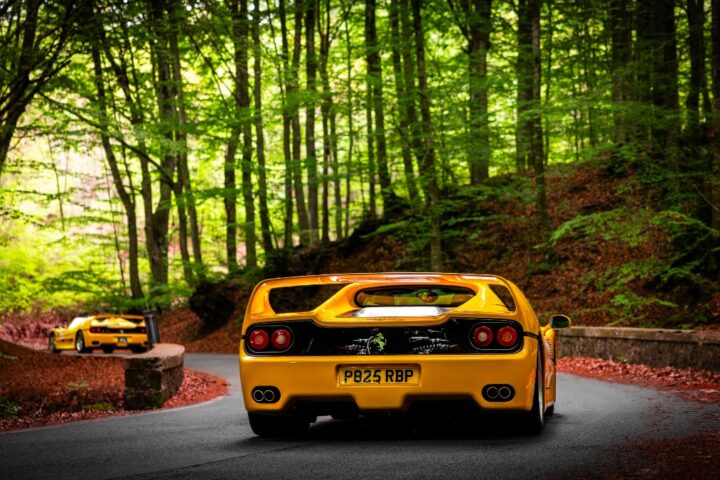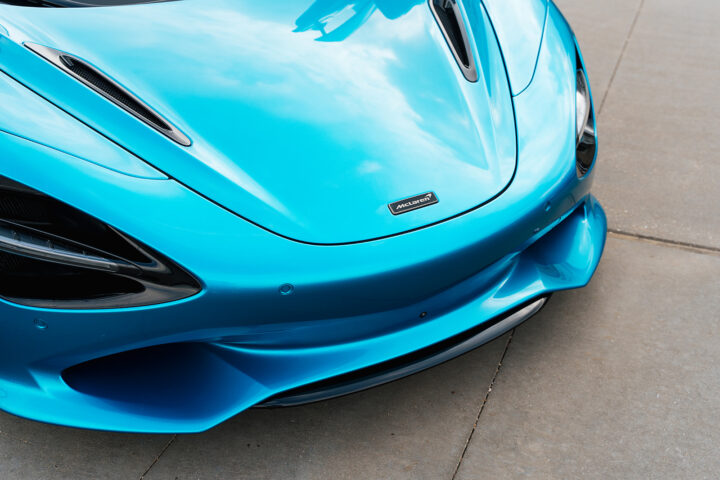The Fiat 501 is a car produced by Fiat between 1919 and 1926. The 501 was Fiat’s first model after World War I. Fiat introduced the S and SS sports versions of the 501 in 1921.
Finished in red with a tan leather interior that is in very good condition and undamaged, this rare and special fiat also has leather door panels, wooden steering wheel, aluminum floor plates. Additional information about the car; 1486 cm3 4-cylinder water-cooled engine, Weber carburetors with K&N sports air filters. 4-speed manual transmission, bosch lamp glass, 12V electrical system. Chrome wire wheels with Excelsior Comp H 5,50-18 88H 6 ply tires. Tires are supple with sufficient profile. Ventilated drum brakes on all 4 wheels. Single Brooklands Racing windscreen, steel ladder frame, engine, and radiator are factory-old-original, rest of the parts are mostly new-made in aluminum, replica rear lights, chrome exhaust cover, tan tonneau cover.
Estimate: $60,000-$80,000 USD
Named after Via Fulvia, the Roman road leading from Tortona to Torino, the new Lancia was introduced at the Geneva Motor Show in 1963 and manufactured in three variants: Berlina 4-door saloon, 2-door Coupé, and Sport, an alternative fastback coupé designed and built by Zagato on the Coupé floor pan.
Fulvias are notable for their role in motorsport history, including winning the International Rally Championship in 1972. On testing a Fulvia in 1967, Road & Track summed it up as “a precision motorcar, an engineering tour de force”
The updated Coupé introduced 1974, mechanically the same as the earlier Series 2 1.3 S except for the addition of emission control on the Solex carburetors Easily recognized by its matte black grilled and headlight frame. It featured a new design of seats incorporating headrests and new white-faced instrument dials with an updated range of trim colors, materials, and options.
Estimate: $28,000-$33,000 USD
1959 MASERATI TIPO 60/61 ‘BIRDCAGE’
This historic Maserati is a light and powerful sports racer produced in 1959-1960 that exhibits superb aerodynamics. It acquired its nickname ‘Birdcage’ because of the exceptional design engineered by Giulio Alfieri. It has an intricate tubular frame and chassis made up of approximately 200 small diameters, chrome-molybdenum steel tubes of varying lengths and thicknesses welded together with a unique Italian process.
In 2010 the car was submitted to the MSA, and gained its Historic Technical Passport/FIA class: TSRC4 documents, allowing it to be raced in many different venues throughout the world which could even include Classic Le Mans, Goodwood Revival, and Motor Racing Legends Stirling Moss Trophy at various circuits globally.
Estimate: N/A

